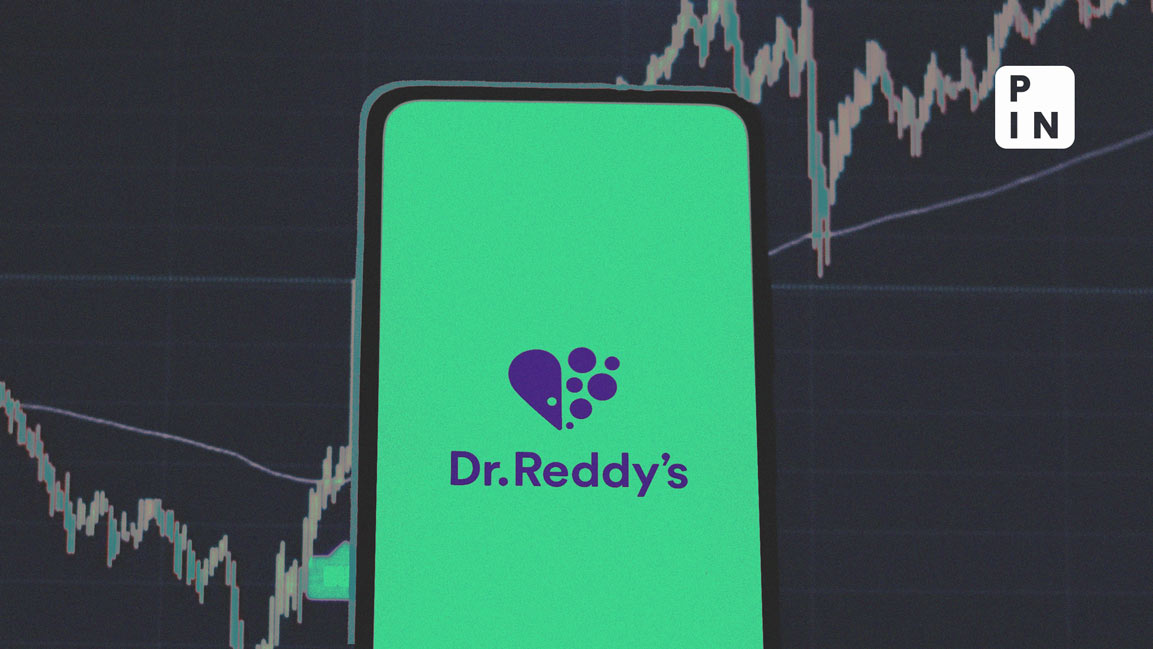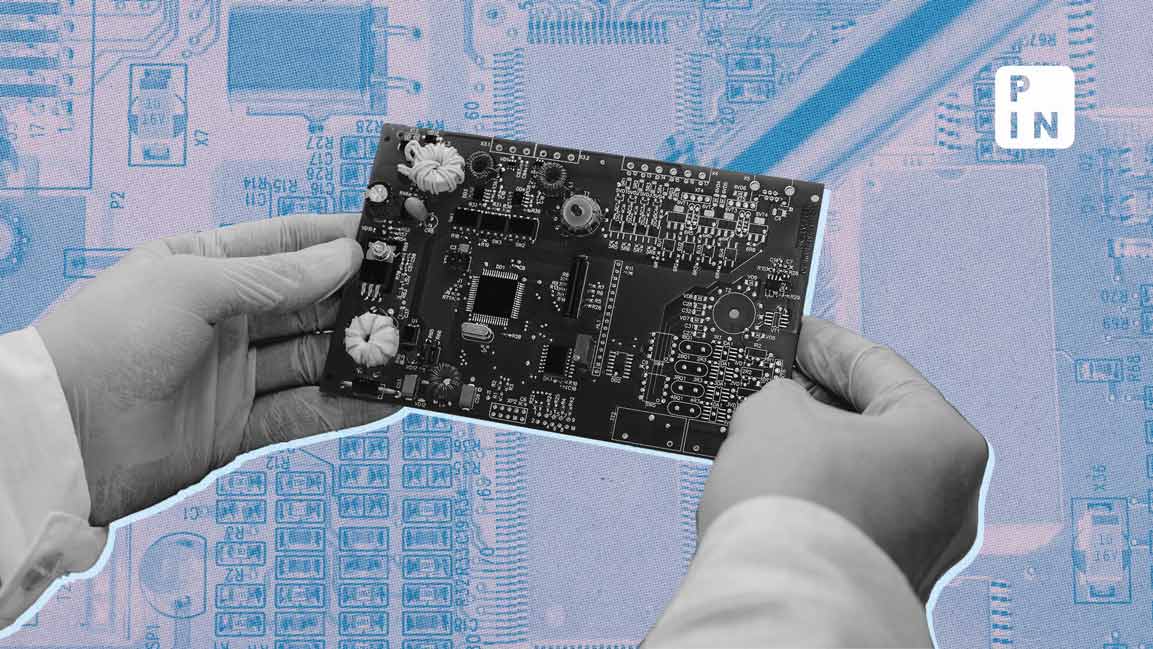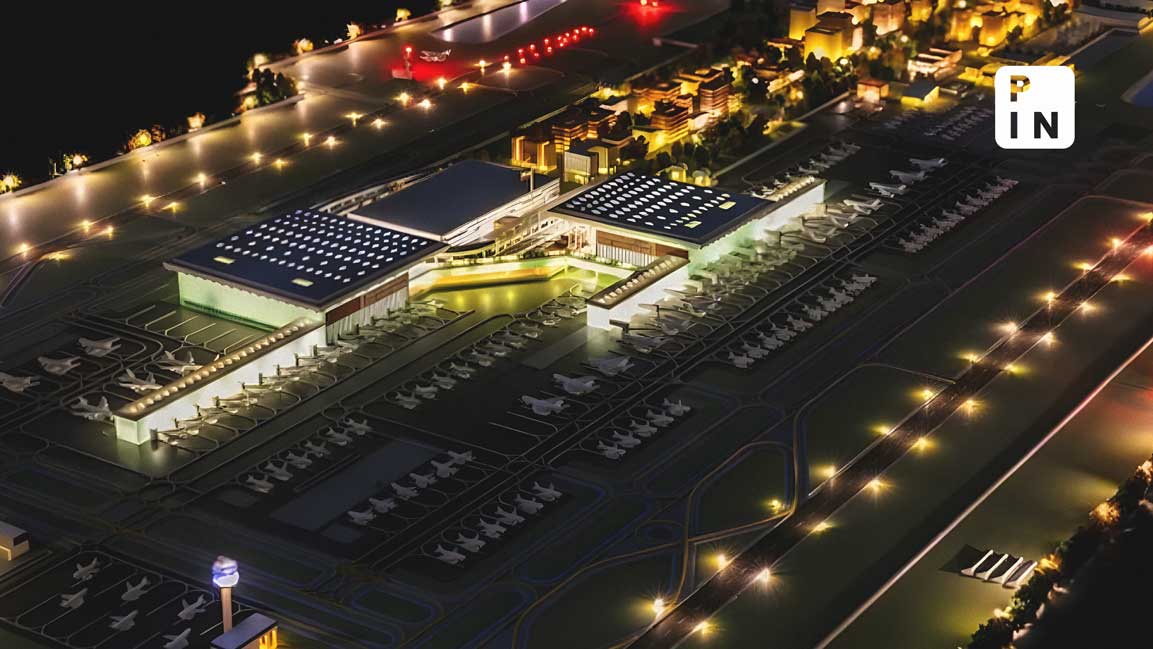- | 2:00 pm
From 2030, India will add a trillion dollars to GDP every year: Adani
That pace of growth will put India track to become a $30 trillion economy by 2050, the Adani group chairman said

India will add a trillion dollars to its gross domestic product (GDP) every 12-to-18 months within the next decade, given the pace at which it is growing and the way the government has been executing reforms, Adani group chairman Gautam Adani said on Wednesday.
That pace of growth “will put us well on track to be a 30 trillion-dollar economy by 2050,” Adani said in his keynote address at Crisil Ltd’s annual infrastructure summit.
“Our estimates show that by the end of FY32, the year India has targeted to become a 10 trillion-dollar economy, the cumulative spend on infrastructure will exceed $2.5 trillion,” he added.
If the period between 1991 and 2014 was about putting down the foundations and building the runway, the period from 2014 to 2024 has been about the aircraft taking off, Adani said in his address.
“And a strong example of this ‘take off’ is the National Infrastructure Pipeline— the NIP program. The core essence of the NIP is its integrated approach involving participation from both the public and private sectors with the funding model divided between the two,” he said.
The NIP program has earmarked a projected investment of ₹111 trillion over the period FY20-25.
Adani said he considered the NIP program as a “benchmark of how a government can put in place a national view of over 9,000 infrastructure projects across sectors like energy, logistics, water, airports, and social infrastructure.”
Foreign visitors he meets, Adani said, talk about the “extraordinary infrastructure growth they see in India, be it the quality of the multi-lane highways, the massive construction projects all over the country, access to ports across the nation’s coastline.”
They also speak about “the rapid penetration of green energy, a world-class and modern transmission grid, dedicated freight corridors, the quality and access to airports, metro rail networks, and the massive trans-sea links,” he added.
Infrastructure to enable energy transition and digital infrastructure are the two emerging sectors he said he is excited about.
The rapid shift to renewable energy sources, coupled with the digitization of industries, is not just a technological evolution but also a profound transformation of our entire society, he said.
This dynamic intersection is driving innovation in energy efficiency, smart grids, and green technologies, and unlocking new value chains. And as data centers and digital infrastructure demand more energy, the push for sustainable solutions becomes even more critical, he added.
The transition to green energy in India, he said, is expected to generate millions of new jobs in sectors such as solar and wind, energy storage, hydrogen and its derivatives, EV charging stations, as well as grid infrastructure development.
The energy businesses that help to enable this transition will also create opportunities to monetize carbon credits, he said, adding that in the days ahead, the availability of the green electron will be the primary driver of a nation’s economic progress. “And in my opinion the market size for the green electron as of now has no limits.”
On the emerging opportunity in digital infrastructure, Adani said “data is indeed the new oil”, and this has meant that “we have now arrived at a world where the AI revolution sits at the core of every digital initiative”.
“And at the heart of all this action is the data center, the critical infrastructure needed to power all forms of computational needs especially AI workloads for machine learning algorithms, natural language processing, computer vision, and deep learning,” he said.
All of this is dependent on the ability to process data at unprecedented speed and scale which are the precise capabilities that data centers provide. However, this will need massive amounts of energy, making the data center business the largest energy consuming industry in the world, he pointed out.
Listing out his company’s plans for the next decade, Adani said: “The next decade will see us invest more than $100 billion in the energy transition space and further expand our integrated renewable energy value chain that today already spans the manufacturing of every major component required for green energy generation.”
“We are confident that we will produce the world’s least expensive green electron that will become the feedstock for several sectors that must meet the sustainability mandate,” he added.













